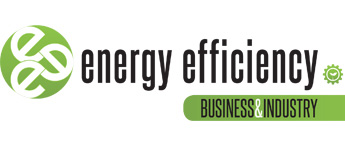FLIR Systems has published a new application note that describes how an upstream oil and gas company have successfully implemented a continuous monitoring system for their oil pads improving safety and reducing operating costs by 35%.
Fugitive emissions and hydrocarbon leaks at an oil and gas site can cause devastating explosions if they are not caught early. Such problems are not only a risk to the facility, but the surrounding community. The company drills on approximately 300 oil pads, all located in populated areas near homes and schools. If they missed a leak at one of their oil pads or caught it too late, the company would be forced to evacuate thousands of people.
The application note describes how a local systems integrator developed a custom leak detection system based upon a FLIR G300a Optical Gas Imaging camera and map based, user-interface monitoring software that can continuously and autonomously monitor installations.
Detecting spectral changes in the atmosphere and adjusting for diurnal swings
A primary reason the systems integrator selected the FLIR G300a camera was its ability to detect spectral changes in the atmosphere, as well as adjust for diurnal swings that cross exposure settings. This allows continuous use across seasons, including in fog, rain, or snow. The oil and gas company had an interest in visualizing 20 different hydrocarbons, including benzene, ethanol, methane, and propane. The FLIR G300a had the capability to detect each of these gases and more.
Within the first three weeks of operating the new monitoring system, it detected two leaks that the previous control system didn’t. Using the new FLIR G300a based system, an automation supervisor receives alerts and video on a mobile device while in the field. As a result, the supervisor is now able to immediately react and deploy field technicians who are then able to repair the leaks within 30 minutes of detection.
Leaks detected as they occur
The new system is enabling the oil and gas company to be more precise with their resources, make better use of their field technicians / maintenance vehicles and provide 24/7 coverage compared to previously looking at installations for just 15 minutes per day. With automated analytics and continuous coverage of assets, leaks can be detected as they occur, not hours or days later. The enhanced virtual monitoring capabilities have led to increased operational efficiency, improved safety, and reduced costs to inspect and operate the site.
































